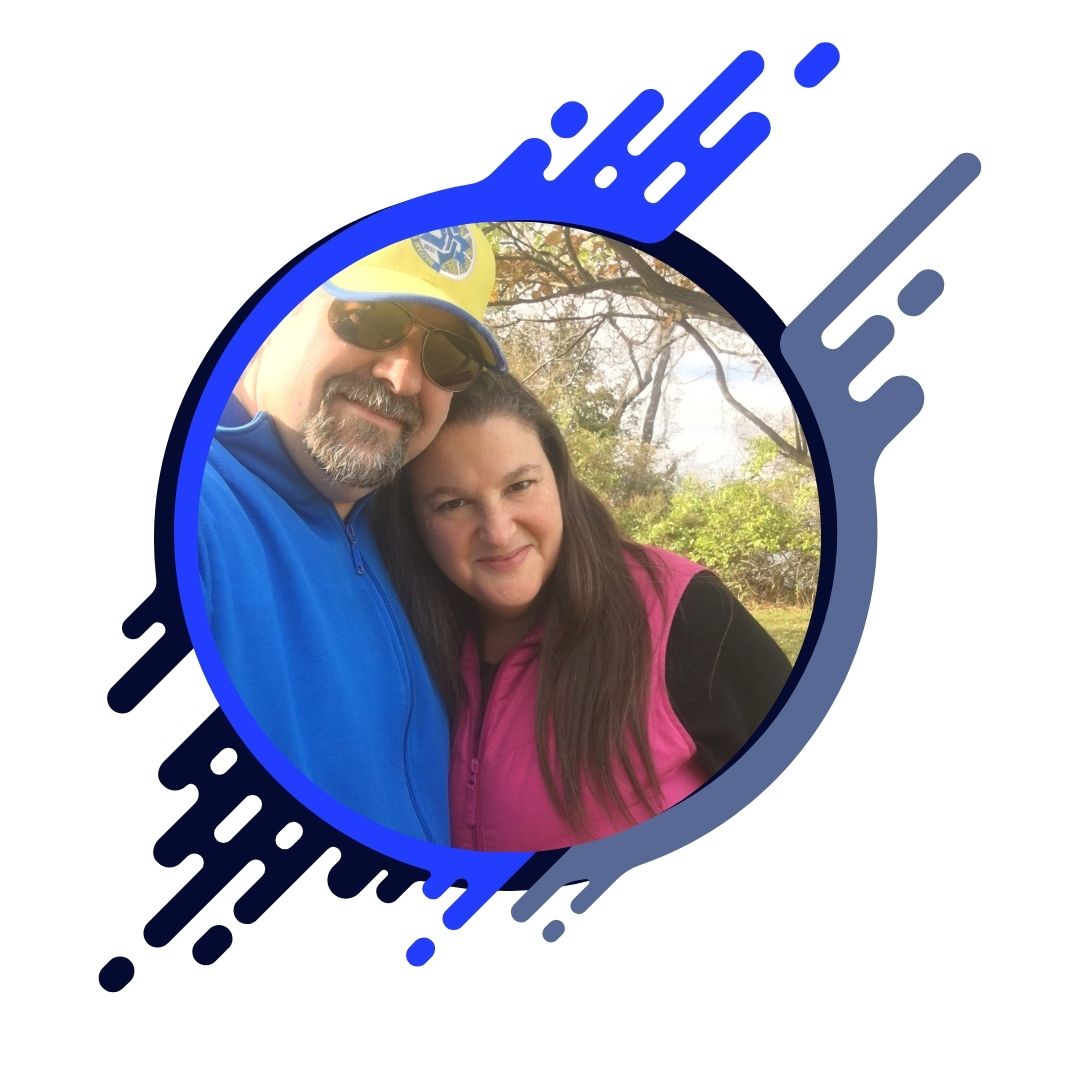
Attention Deficit Hyperactivity Disorder (ADHD) presents unique challenges—not just for children, but for adults navigating fast-paced, demanding work environments. Struggling to focus in meetings, juggling deadlines, or staying organized can feel overwhelming, leading many to wonder if there’s a solution beyond medication and traditional therapy.
If you’re seeking a holistic, science-backed approach to manage ADHD, neurofeedback could be a game-changer. This non-invasive technique is gaining recognition for its ability to retrain the brain, helping adults with ADHD unlock their potential and thrive at work.
What is Neurofeedback?
Neurofeedback, sometimes called EEG biofeedback, is a method that uses real-time brainwave monitoring to improve self-regulation and brain function. By training the brain to achieve healthier patterns, many individuals experience improved focus, reduced impulsivity, and better emotional regulation—all critical skills for the workplace.
The process is non-invasive and personalized. Here’s how it works:
- Brainwave activity is monitored using sensors placed on your scalp.
- A specialist identifies irregular patterns associated with ADHD symptoms.
- Through audio-visual feedback during sessions, your brain learns to correct these patterns, reinforcing healthier mental states over time.
Neurofeedback isn’t a quick fix, but with consistent practice, it can create long-term changes that empower you to meet professional demands confidently.
ADHD in the Workplace
Adults with ADHD bring unique strengths to their jobs—creativity, out-of-the-box thinking, and high energy are among their superpowers. However, difficulty with focus, organization, and emotional regulation can create hurdles in environments that demand multitasking and precision.
Some common workplace challenges adults with ADHD face include:
- Difficulty Prioritizing Tasks: Managing competing deadlines can feel overwhelming.
- Interruptions and Distractions: Open-office environments or constant digital notifications can amplify struggles with focus.
- Procrastination: Initiating projects or breaking them into manageable steps often feels daunting.
- Stress During Collaboration: Navigating complex team dynamics, especially under pressure, may feel exhausting.
Understanding these challenges is the first step to unlocking potential. The next is finding tools—like neurofeedback—that allow adults with ADHD to overcome obstacles and thrive.
The Benefits of Neurofeedback for ADHD in the Workplace
Neurofeedback targets the root of ADHD symptoms by promoting balance in your brain’s electrical activity. Over time, these adjustments can lead to noticeable improvements in many workplace-related areas:
1. Enhanced Focus and Attention
By training your brain to regulate erratic patterns, neurofeedback helps improve sustained concentration. You’ll find it easier to focus on tasks, even in noisy or fast-paced environments.
2. Improved Time Management
Struggling to juggle deadlines? Neurofeedback can enhance the brain’s ability to organize thoughts and prioritize tasks, helping you tackle objectives with clarity.
3. Reduced Impulsivity
Impulsivity is a hallmark of ADHD, but calming the brain through neurofeedback enables better decision-making and self-control—whether in meetings or high-stakes scenarios.
4. Better Emotional Regulation
Dealing with frustration and workplace stress becomes more manageable when neurofeedback teaches your brain to respond thoughtfully rather than react impulsively.
5. Higher Job Satisfaction and Productivity
Together, these changes create a ripple effect—better performance, less stress, and ultimately, greater satisfaction in your role.
Is Neurofeedback Right for You?
While neurofeedback is a promising tool, it’s important to consider whether it aligns with your lifestyle and goals. Here are a few factors to help you decide:
- Commitment — Neurofeedback requires consistency, with sessions typically scheduled over several weeks or months. Results are gradual but sustainable.
- Holistic Approach — If you’re interested in drug-free alternatives or complementary therapies, neurofeedback combines seamlessly with ADHD-friendly diets, mindfulness practices, and exercise routines.
- Long-Term Outcomes — Unlike quick-fix solutions, neurofeedback focuses on long-lasting benefits by teaching your brain healthier patterns.
Before starting, consult a trained neurofeedback practitioner to discuss your symptoms and goals. They can tailor a plan that fits your unique needs.
Success Stories and Research
Science increasingly supports neurofeedback’s effectiveness for ADHD. Studies show participants report improved attention, cognitive flexibility, and reduced hyperactivity after consistent neurofeedback training. And while every person’s experience will vary, many professionals share inspiring success stories of reclaiming control in their work lives.
For example, Sarah, a 32-year-old graphic designer, discovered neurofeedback after facing constant doubts about meeting deadlines. After completing 20 sessions, she found herself more focused, less overwhelmed, and proactively managing her projects. Neurofeedback became a stepping stone to unlocking her creative potential and excelling in her career.
Support for Health Enthusiasts, Parents, and the ADHD Community
Whether you’re a health-focused professional seeking holistic solutions, a parent exploring treatment options for your child, or simply a member of the ADHD community advocating for innovative approaches, neurofeedback is worth considering.
For parents in particular, better brain function in adults sets a powerful example for their children. By addressing workplace challenges head-on, you can show your kids that it’s possible to succeed with the right tools and strategies.
Final Thoughts
ADHD doesn’t have to hold you back at work. With neurofeedback, you can retrain your brain to work for you—not against you. Whether it’s improving focus, managing stress, or building confidence, this innovative therapy has the potential to unlock your full professional potential.
Ready to take the next step? Explore our resources on neurofeedback or find a certified practitioner near you to get started. Together, we can empower adults with ADHD to thrive in their careers and beyond.


0 Comments